Nature, Science & Skepticism, TravelThe Galapagos Paradox: Irony in a History of Conservation

Despite their ancient volcanic origins, the Galapagos Islands are relatively new to the eyes of humans. Unlike the other island chains in the Pacific, the Galapagos Archipelago remained uninhabited by our species up until the arrival of the Spanish in the 17th century, making the local fauna and flora the true colonizers of this land. But a lot has changed since then, and this once solitary assemblage of pebbles in the middle of the ocean is now featured in a deluge of guidebooks and documentaries, showcasing the islands as a “pristine natural environment” and encouraging people to visit and explore these mysterious, untamed lands.
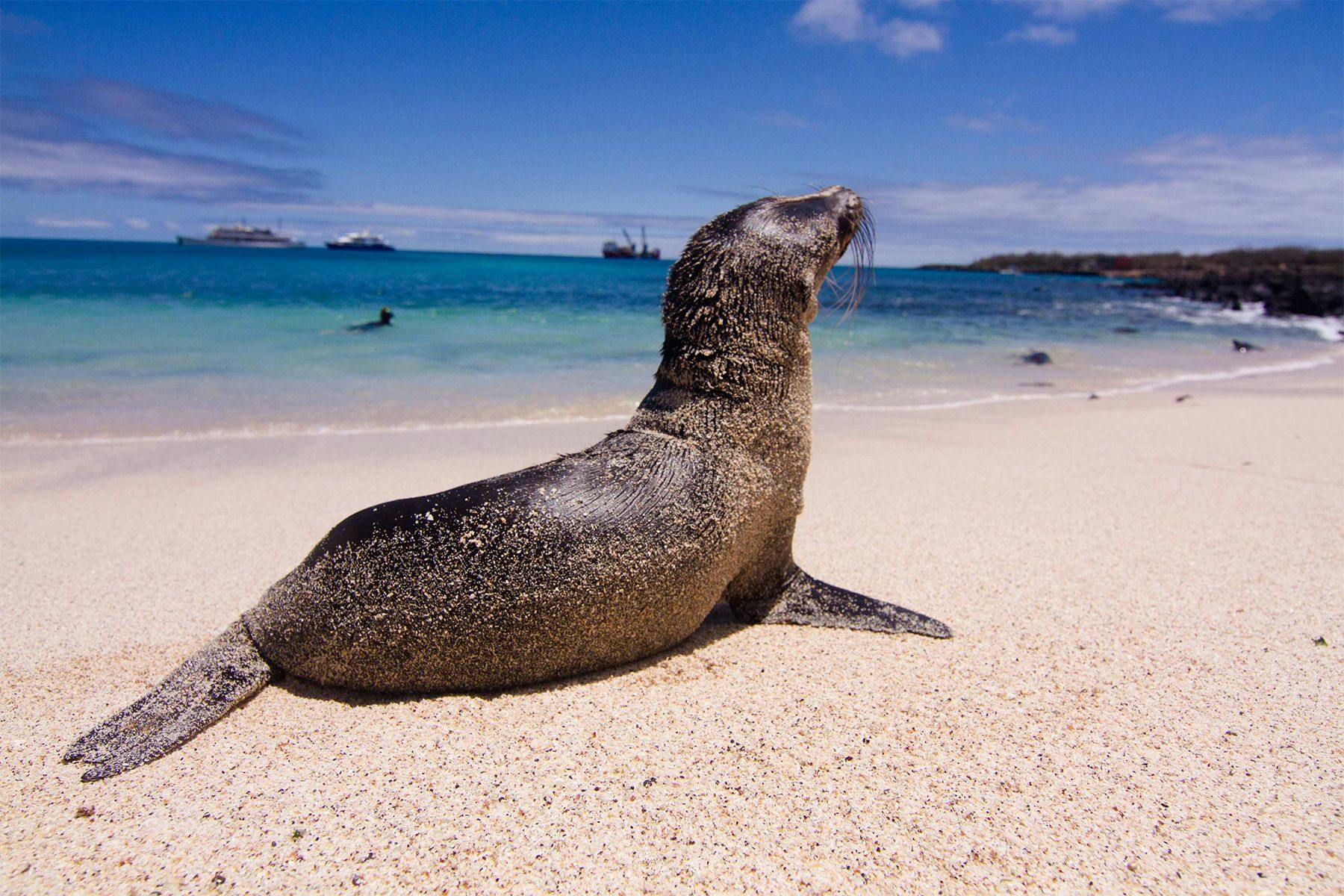
In an attempt to make this exploration sustainable, tourism has been asserted as the “best” way to generate income whilst causing a relatively low impact on the environment. Yet, over the years it has also brought a series of socio-ecological challenges and political disputes. In this context, surfing has been a noticeable sub-stream of tourism to the Galapagos since the 1990s, and has therefore contributed in some way to the “ups and downs” of the archipelago’s ecosystems. Nowadays, technological developments – especially with the explosion of social media – and an overall decrease in the cost of travel have facilitated an even greater influx of tourists to the islands, raising concerns from locals and foreigners alike. There’s irony in every corner of these lave islands, and with so many conflicts of interests arising, one is sometimes led to wonder: “what if animals and plants could talk?”
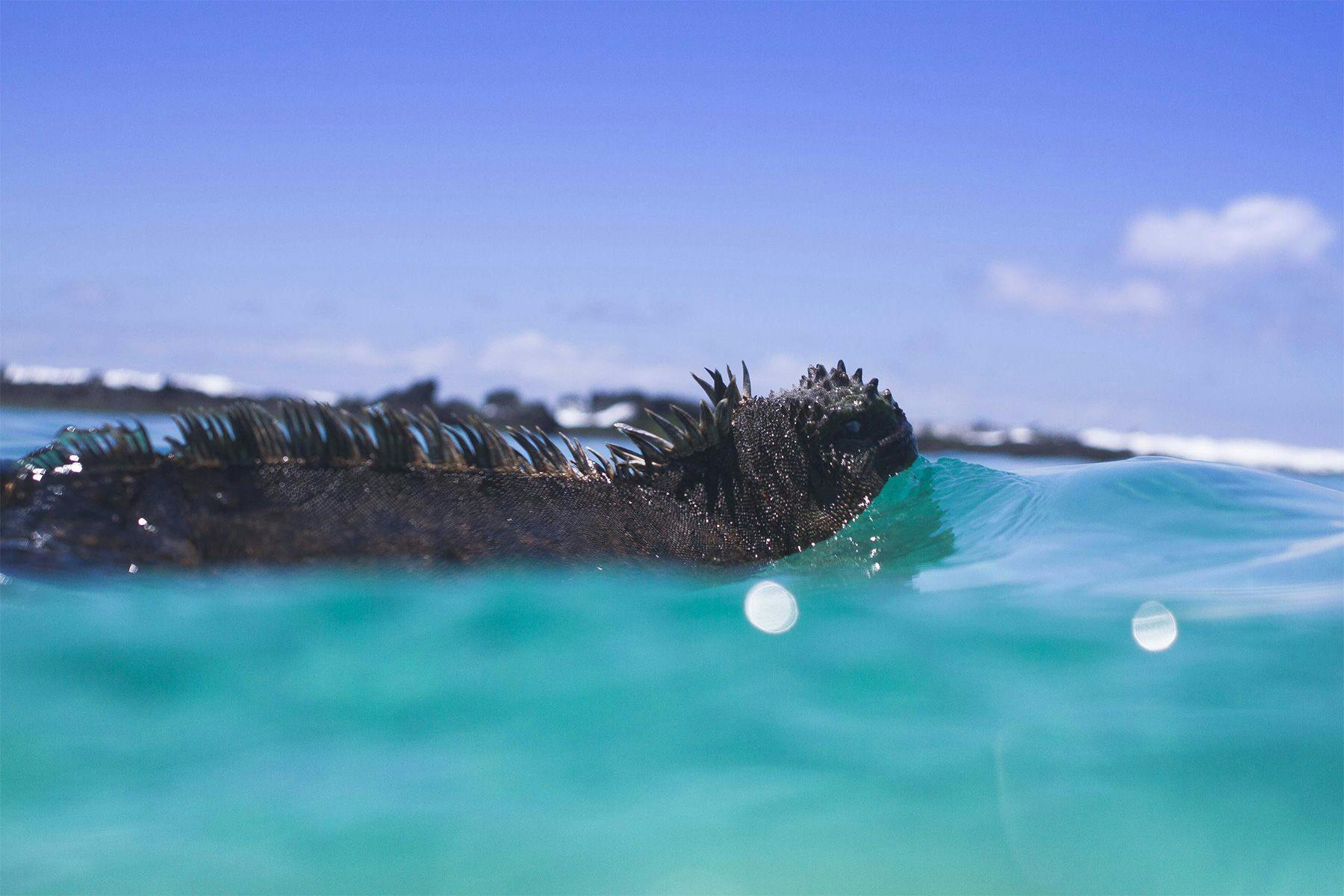
In 1935 (the one hundredth anniversary of Darwin’s visit), a motion by an Anglo-American expedition persuaded the Ecuadorian government to set a decree in the following year for the creation of the ‘Wild Life Sanctuary of the Galapagos Islands’, with the aim of assisting in the development of sciences and cultural progress, as well as preventing any further species loss. Yet, the decree’s stipulations proved ineffective, as there were no official institutions to enforce the regulations. By the 1950s, conservationists had become concerned with increasing ecological disturbances in the Galapagos – prompted by the reduction in population sizes of species such as tortoises and fur seals, due to hunting by whalers and colonists. In 1957, scientists and conservationist joined forces with organizations like IUCN and UNESCO, to address the situation and find a suitable site for a scientific research station. Such a development caused the Ecuadorian Government to pass an emergency decree in 1959, establishing the Galapagos National Park (GNP), with its boundaries drawn to include 97% of the Galapagos Islands, leaving the other 3% to existing human settlements and the military base on Baltra island. Although the government pronounced the decree, the idea for the creation of a national park was highly influenced by European and North American scientists and organizations, who had continuously argued the global importance of the Galapagos for science. With the decision made, GNP officials began to regulate park areas and evict farmers from their lands; while in Quito the government received recommendations from foreign park planners and conservationists who concluded that tourism was the best way of assuring the islands’ economic well being.

That same year, the Charles Darwin Foundation (CDF) was created as an international non-governmental organization under Belgian law, with the purpose of providing assistance for conservation efforts and to direct a scientific research station – the Charles Darwin Research Station (CDRS) – a move that claimed the protection of the archipelago as an international responsibility. But the conservationist approach prioritized by international organizations soon overlapped with the Ecuadorian government’s interest in the economic development of the islands. A series of initiatives were then undertaken in order to assess the needs of all involved parties, but it wasn’t until the designation of the Galapagos Islands as a UNESCO World Heritage site in 1978 (later including the Marine Reserve in 2001), that both the government and international organizations’ interests were satisfied. Subsequent measures were taken to reinforce the concepts of conservation under which a management plan for the site had been developed, resulting in the establishment of the Galapagos Marine Reserve (GMR) in 1986, and in the appointment of the Galapagos as World Heritage Site in Danger from 2007-2010.
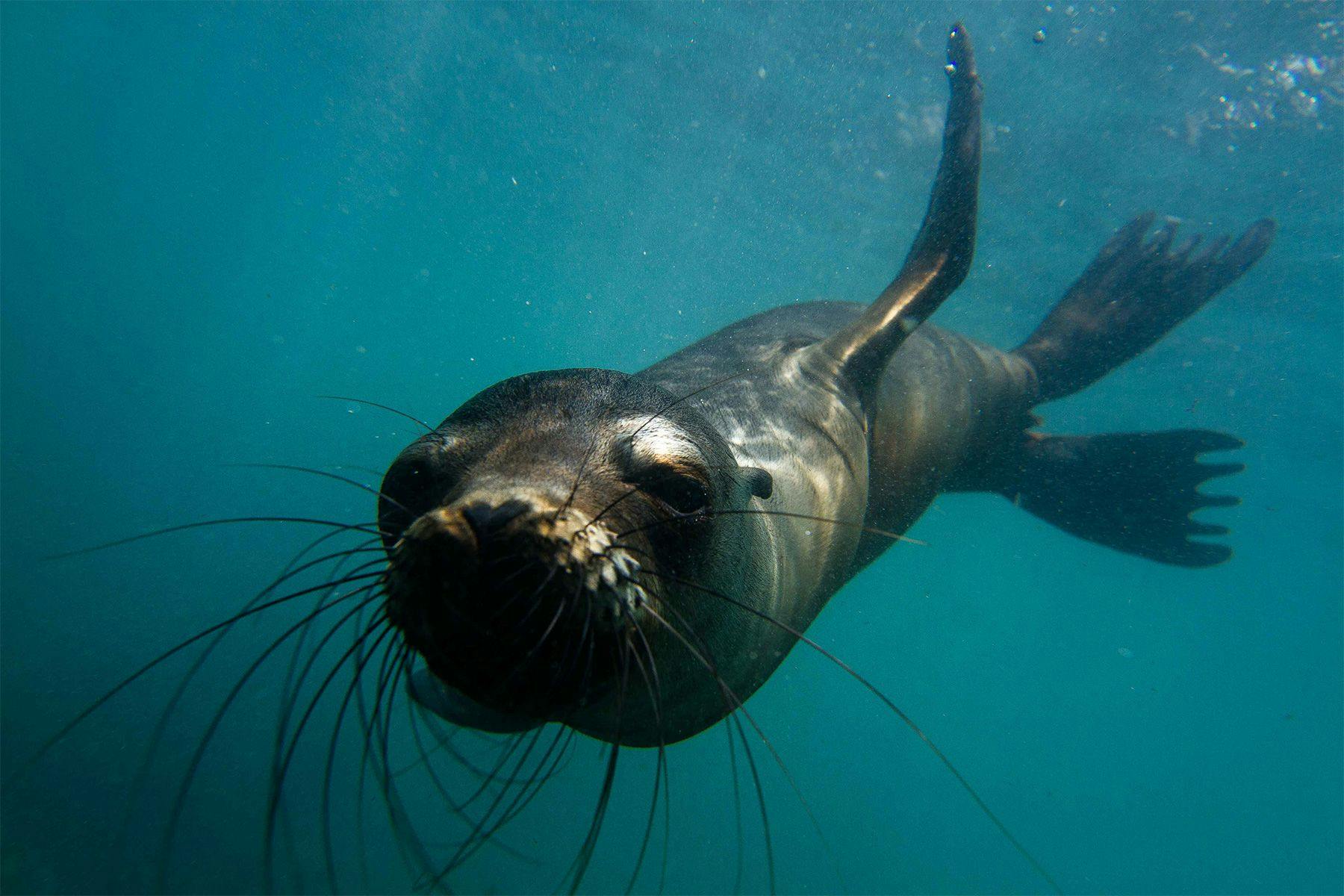
Over the past fifty years, the main focus of the GNP and GMR has been to preserve and, eventually, to reconstruct some of the elements that make the archipelago such an unequaled environment. They’ve designed strategies aimed at restoring the landscape to the state that it’s believed it was in before the arrival of humans, and through a professionalization of the management process assisted in creating a people-free, ‘natural laboratory’ – ideal for the observation of the unfolding process of evolution, and thus the development of a tourism-based economy. With this mindset, between the 1960s and 70s, the “Galapagos model” was created, where transporting tourists from one island to the other aboard “floating hotels” was expected to reduce operational costs and minimize the impact on the islands.

Soon, an increasing number of tourists began to arrive in the islands, consequently causing the GNP to accelerate the regulation of places of visit and training tour guides to protect the natural areas and supervise the visitors. With a boom in the flow of visitors came the demand for better infrastructure. That – together with the need to ensure more tourism revenue for the Galapagos residents, who’d been “encouraged” to adapt to the new economic system – led to the birth of a land-based style of tourism, which made the land more vulnerable to all sorts of impacts. Darwin’s natural laboratory was becoming more popular than predicted, and soon tourism started to shift from a solution into a possible issue impacting preservation. As a measure to address the menace caused by uncontrolled growth in the number of tourists, the 1974 GNP Management Plan stipulated a maximum of 8,800 visitors per year. This number has since sky-rocketed, and in 2007 more than 170,000 tourists traveled to the Galapagos, which caused UNESCO to place the islands on the List of Endangered Sites, ironically citing tourism as one of the primary challenges to achieving sustainability in the archipelago.

As a result of the growth of tourism, immigration increased and has had noticable effects on the environment, making it one the most worrisome outcomes of such unpredictable development of the islands. The increased number of tourists sparked a demand for labor, which enticed employers to hire migrant workers who weren’t necessarily qualified but often did the same jobs as local residents for less pay. As a result, the annual population growth rate, went from 4.9% between 1974 and 1982, to 6.7% between 1990 and 1998. Among the various results of this expansion in population growth was the increase in the number of vehicles, intense development in infrastructure, and the need to import more fuel from the mainland – all of which had to occur in the 3% of the island’s landmass set aside for humans. Tourism morphed from a way to promote an appreciation for the island’s natural treasures into a profitable business that appeared to be failing to deliver upon its purpose. Moreover, society’s acceptance of the theory of evolution and Darwin’s endeavors provide a catalyst for the tourist industry and media to market concepts that in turn are aimed at promoting the restoration of pristine areas. This marketing process nevertheless creates a virtual idea of the place that, despite its eco-centric approach, sells just what most Western travellers want to buy – sometimes compromising the preservation of the islands as an “ecological refuge”.
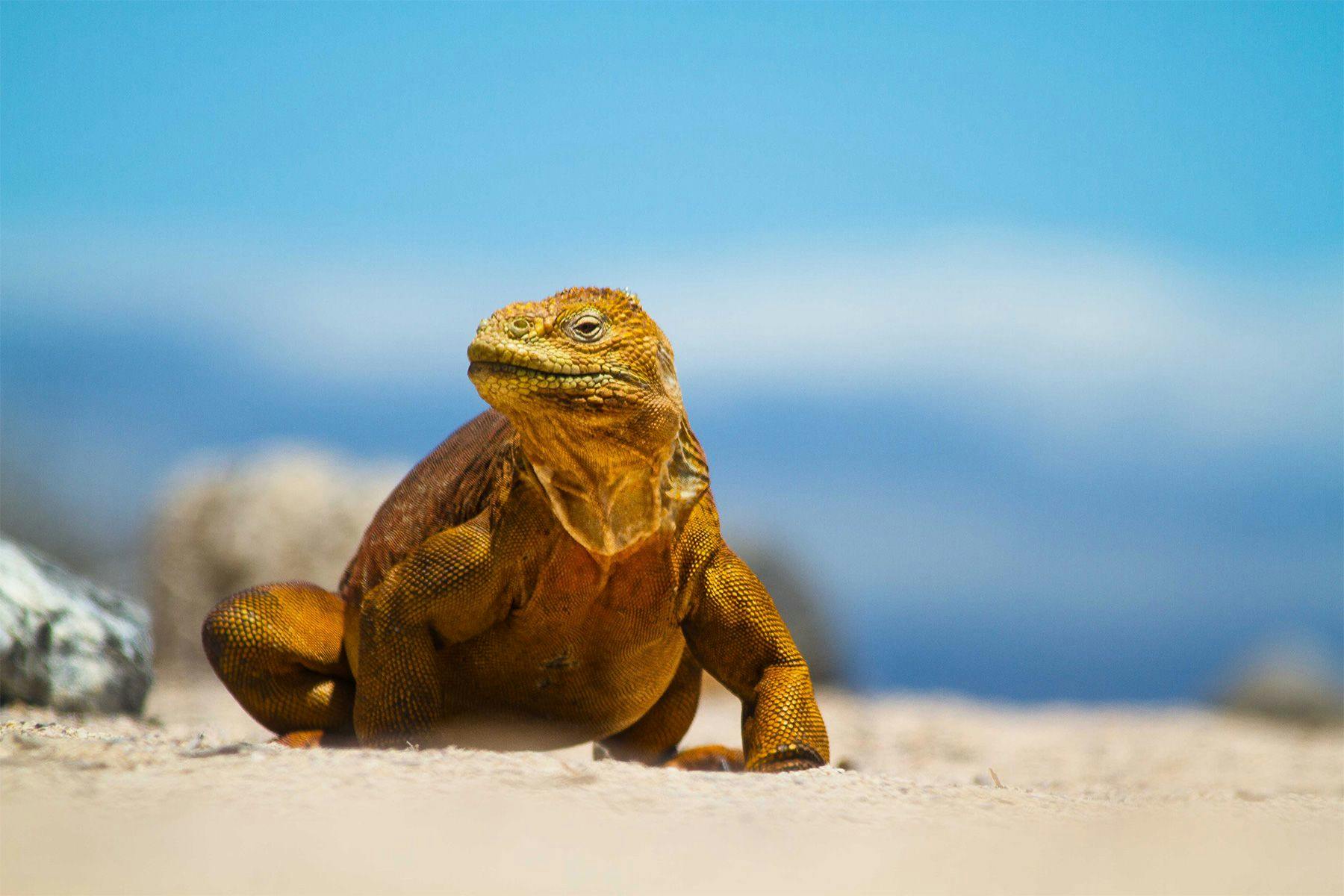
As surfers, we have an inherent connection with the natural environment as a whole, and our concerns often develop from a lucid notion – or perhaps visceral perceptions – of how we impact our surroundings. In this context, we’re probably one of the most sensible “type” of tourists to regularly visit the Galapagos, which also puts us in a somewhat accountable spot when it comes to minimizing our effects on the ecology of the island and supporting the local economy. After all, that is usually part of the reason why many of us travel in search of waves: to create and deepen a bond with the place, as well as to get barreled.
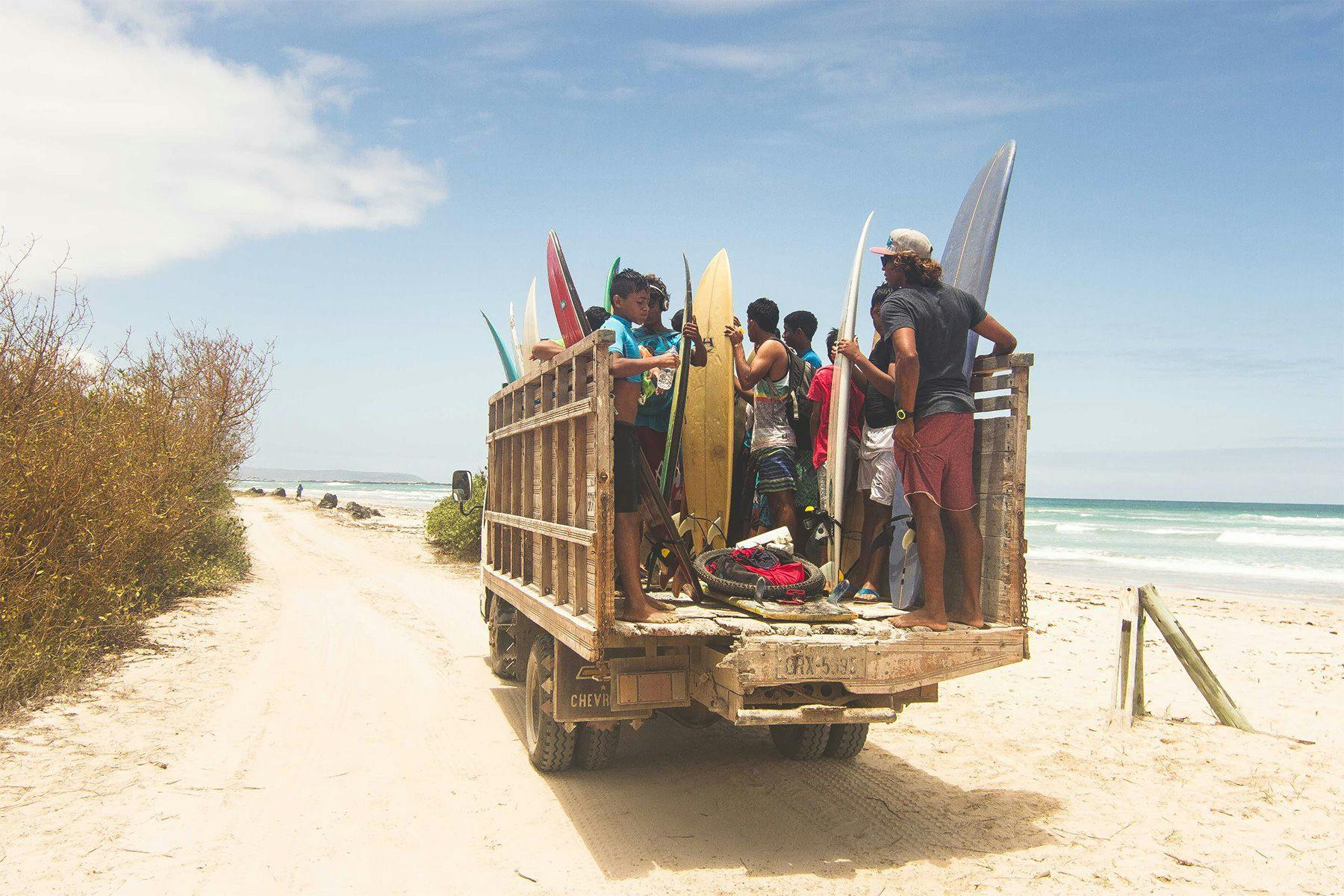
Photography credit:
The following papers were used in the researching of this article:
– http://jpe.library.arizona.edu/volume_16/Quiroga.pdf
– https://www.hofstra.edu/pdf/academics/colleges/hclas/geog/geog_honors_martha.pdf
– https://www.galapagos.org/wp-content/uploads/2012/01/TourismReport1.pdf